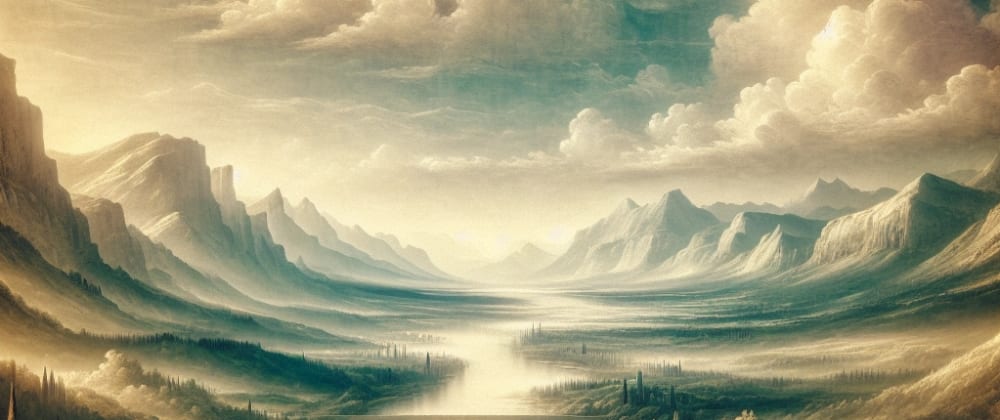Leonardo da Vinci: A Renaissance Genius 🌟
Leonardo da Vinci was an Italian polymath, who is widely regarded as one of the greatest painters of all time and a profoundly influential figure in the world of art and science. His curiosity and insatiable hunger for knowledge led him to dive deeply into a variety of domains such as art, science, music, mathematics, and engineering.
Da Vinci was born on April 15, 1452, in Vinci, in the region of Florence, Italy. From a young age, Leonardo exhibited remarkable talent. He was apprenticed to the artist Andrea del Verrocchio in Florence, where he developed a foundation in artistic techniques that would form the basis of his later works.
Leonardo's inquisitive nature led him to explore a myriad of subjects, often blending art with natural science. He believed that art was indisputably connected with science and nature. This holistic approach allowed him to create iconic works such as the Mona Lisa and The Last Supper, which not only showcase his artistic genius but also his revolutionary use of techniques like sfumato and perspective.
Beyond painting, Leonardo was fascinated by the workings of nature and was ahead of his time in the study of anatomy, astronomy, and engineering. His notebooks, filled with scientific diagrams, anatomical sketches, and engineering designs, reveal a mind that saw beyond the boundaries of time and discipline.
Leonardo's life was characterized by a relentless pursuit of knowledge. He was never married and had few close friends, dedicating most of his life to intellectual and artistic pursuits. His broad interests and visionary experiments in various fields labeled him as a quintessential 'Renaissance man.'
Leonardo died on May 2, 1519, in Amboise, France. Today, he remains a towering figure in the history of both art and science, embodying the Renaissance humanist ideal.
Unique Writing Style 📝
Leonardo was known for his mirror writing, a technique where text is written from right to left, and often required a mirror to be read properly. This unusual method could have been used to prevent smudging—as Leonardo was left-handed—or as a means of keeping his notes somewhat secretive.
How He Got His Ideas 💡
Leonardo's ideas were derived from a profound observation of nature and an unquenchable curiosity. He approached both scientific and artistic problems with the same analytical eye, often drawing parallels between such diverse fields as anatomy and sculpture, or bird flight and human mechanics.
His method of learning was experiential, involving extensive experimentation and detailed recording of observations. This approach was not only novel at the time but also highly effective, allowing him to make discoveries that would not be recognized for centuries.
What Makes Him Amazing Today 🚀
Leonardo da Vinci is still amazing today not only because of his timeless art but also due to his forward-thinking approach to science and technology. His anatomical studies contributed significantly to the understanding of the human body, while his inventive designs, like the helicopter and armored tank, previewed modern machinery.
His interdisciplinary approach to science and art is more relevant today than ever, as these fields increasingly intersect in modern research and innovation. Leonardo's ability to combine creativity with technical proficiency demonstrates a model of learning and achievement that transcends the boundaries of time and discipline.
List of Da Vinci's Major Works and Inventions 📜
- Mona Lisa 🖼️
- The Last Supper 🍴
- Vitruvian Man 🏛️
- Studies of the Human Body 👤
- Helicopter Design 🚁
- Armored Tank 🛡️
- Parachute 🪂
- Anemometer 🌬️
- Giant Crossbow 🏹
- Water Lifting Devices 💧
Leonardo da Vinci’s legacy is a testament to the enduring power of curiosity and interdisciplinary exploration. His life and work continue to inspire, fascinate, and influence the worlds of art, science, and beyond. 🌐
Inspirational Quote by Leonardo da Vinci
"To develop a complete mind: Study the science of art; Study the art of science. Learn how to see. Realize that everything connects to everything else."



















